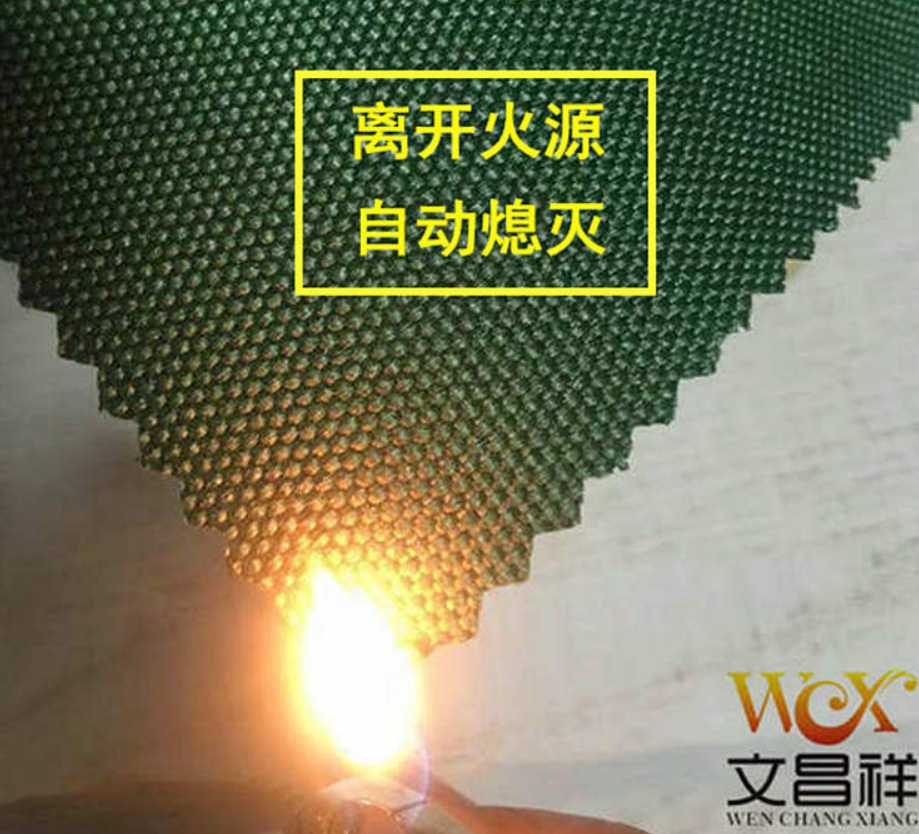The basic principles of flame retardant Oxford fabrics: surface covering flame retardant, heat absorption flame retardant, condensed phase flame retardant, vapor phase flame retardant and Droplet effect.
Surface covering flame retardant: Use some substances that melt when heated and can form a protective film on the surface of the fiber after cooling, or When heated, non-flammable gas can be produced to isolate the air on the surface of the fiber and hinder the supply of oxygen, thereby achieving a flame retardant effect.
Endothermic flame retardant: Through the endothermic reaction of the flame retardant during combustion, it absorbs more heat and reduces The temperature of the burning area achieves the purpose of flame retardancy.
Condensed phase flame retardant: Use flame retardants to affect the decomposition process of fibers and reduce the generation of flammable gases. This method Especially suitable for cellulosic fibers.
Vapor phase flame retardant: During the combustion process, a large number of free radicals are generated. Adding inhibitors can prevent the destruction of free radicals by Flame spreads.
Melting droplet effect: Chemical fibers such as nylon and polyester will melt and shrink when heated, and the surface area will decrease, or Drips away from the fire source, hindering combustion.

900D flame-retardant Oxford fabric
Independently developed flame-retardant fabrics. According to different requirements of customers, there are: Specifications to choose from: 210D, 300D, 420D, 600D, 900D, 1200D, 1680D Oxford cloth, etc., with temporary flame retardant effect, semi-permanent flame retardant effect and durable flame retardant effect. It can also be waterproof and retardant according to customer needs. Inflammable, PVC/PU coating, silver coating, composite and other treatments, please contact customer service or hotline: 400-8380917
</p








